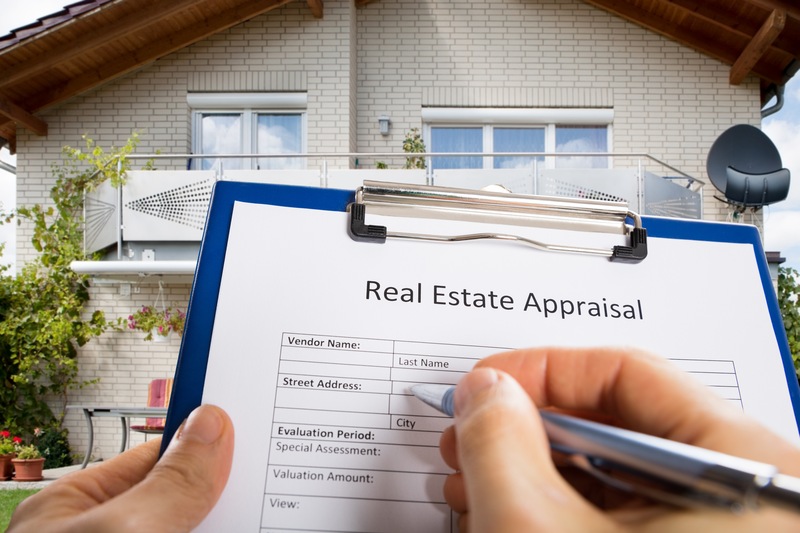
The effective date is the day before the property is damaged.
Communities participating in the NFIP adopt ordinances to administer the program and set local policy on how to determine the “market value” of buildings and structures, and they establish the cumulative period for application of the 50 Percent Rule. NFIP regulations use the term “market value,” but there is no NFIP “market value” definition. Market value is a concept defined, understood, and used by real estate practitioners in many other contexts, but the generally understood concept is very different than what is described in FEMA guidance documents.
The two most common methods are: (1) the adjusted assessment method, and; (2) an independent appraisal from a qualified professional.
The permitting authority will inititially base a decision on the building assessment shown in the tax assessor records. Tax asssessments, generally, understate the market value of the improvements. If a permit is denied based on the assessed value you have the option of getting an independant appraisal from a qualified professional.
Section 4.5.1 of the NFIP Desk Reference says, “Property appraisals that are prepared by a professional appraiser according to standard practices of the profession are the most accurate and reliable method for determining market value.” The Desk Reference clarifies that land, land improvements and accessory buildings are not to be included in estimating the NFIP “market value;” further evidence that “market value,” as the NFIP uses the term, is not like market value as understood elsewhere.
The appraiser has two options:
If you have an older property located in a speccial flood hazard area, it may not conform to current elevation standards. Take photos of the buildings interior and exterior to document the condition of the property. A well maintained property may lower the depreciation deduction.